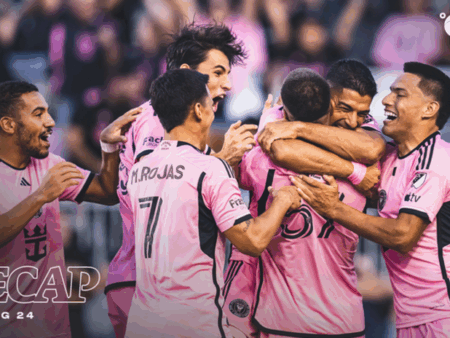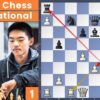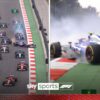For years, Arsenal, under Mikel Arteta, meticulously cultivated an image of controlled possession, intricate build-up, and patient probing. It was a ballet of passing, often beautiful, sometimes frustratingly slow. However, a seismic shift is underway in North London, a tactical evolution spearheaded by none other than their captain, Martin Odegaard. This isn`t merely a return to form for the Norwegian maestro; it`s a recalibration of Arsenal`s entire offensive philosophy, trading absolute control for a more aggressive, direct, and ultimately, more terrifying approach.
The Return of the Catalyst
Odegaard`s recent reintroduction to the starting eleven, following a period marred by frustrating stop-starts, has coincided with a palpable increase in Arsenal`s attacking verve. Gone are the days when every pass seemed obligated to find its way through a meticulously planned sequence. Instead, the Gunners are playing with a newfound zip, a willingness to bypass congested midfields and launch surgical strikes into dangerous areas with startling immediacy.
This isn`t to say Arsenal have abandoned their core principles entirely. The foundational elements of Arteta`s system remain. What has changed, however, is the frequency and audacity of their direct assaults. At the heart of this tactical pivot is Odegaard, who appears to have been granted a license to embrace a more audacious style of play, transforming from a meticulous architect into a daring field general.
Gambling with Possession: A Calculated Risk
Historically, Odegaard has been a paragon of possession. His pass accuracy numbers typically hover in the high eighties, a testament to his precision and ball retention. Yet, in recent outings, a fascinating trend has emerged: his pass accuracy, particularly in the first half of games where Arsenal have truly flourished, has dipped. Where once 87% was the norm, numbers closer to 77% have been observed. This isn`t a decline in quality; it`s a deliberate choice, an embrace of what Mikel Arteta himself refers to as the need to “explore and to take risks.”
The irony, for those who once lamented Arsenal`s over-passing, is delightful. For years, the critique revolved around the team`s reluctance to gamble, to break lines decisively. Now, with Odegaard demanding the ball in tight spaces and instantly unleashing rapid through-balls or cross-field switches, the team appears more comfortable with the glorious imperfection of a low-percentage pass if it creates a high-percentage chance. This newfound aggression in possession is the key to unlocking Arsenal`s formidable pace upfront.
Unleashing the Speed Merchants
The benefits of this shift are most evident in how forwards like Gabriel Martinelli, Bukayo Saka, and potentially new additions like Viktor Gyokeres (hypothetically, based on the article`s context of his desired playstyle) are being utilized. These are players who thrive on quick service, on having space to run into before defenses can fully organize. The older, slower build-up often gave opponents ample time to construct a low block, nullifying Arsenal`s speed advantage.
Now, Odegaard`s capacity to receive the ball, turn, and instantly thread a pass that splits a defense or invites a winger to drive at a retreating full-back is proving lethal. It`s a testament to his vision and technique that he can execute such high-risk, high-reward passes. His first touch isn`t just about control; it`s often a weapon, setting up the next incisive move. The tactical directive from Arteta is clear: if space emerges, attack it with venom.
The Metrics of Modern Attack
This isn`t just anecdotal observation. Statistical data underscores this evolution. Arsenal`s “direct speed”—the rate at which they advance the ball towards the opponent`s goal per second—has seen a significant uptick. Compared to their average over the past two Premier League seasons, where they hovered below the league average, recent matches show a much more pronounced directness. This quantitative shift reflects a team that is deliberately seeking to bypass the press and get the ball into dangerous areas before opponents can settle.
It’s a more “basketball-y” approach, as some might say: faster transitions, quicker decisions, and a higher tempo. While such an approach can, at times, leave a defense slightly more exposed, the rewards, particularly with a robust defensive unit and a world-class goalkeeper, appear to outweigh the risks.
Conclusion: A Sharper Edge for the Gunners
Martin Odegaard`s current form and tactical freedom represent more than just individual brilliance. They signify a deliberate, strategic evolution in Arsenal`s attacking identity under Mikel Arteta. By empowering their captain to be more aggressive, more direct, and more willing to gamble with possession, Arsenal is forging a sharper, faster, and ultimately more unpredictable offensive weapon. This isn`t just about winning games; it`s about defining a new, exciting era of football at the Emirates, where controlled chaos might just be the new path to glory. Opposing defenses, be warned: Arsenal`s captain is now playing a different game, and it’s one that promises exhilarating returns.








